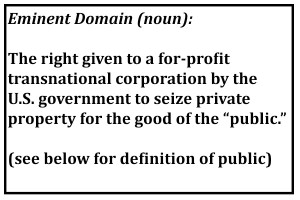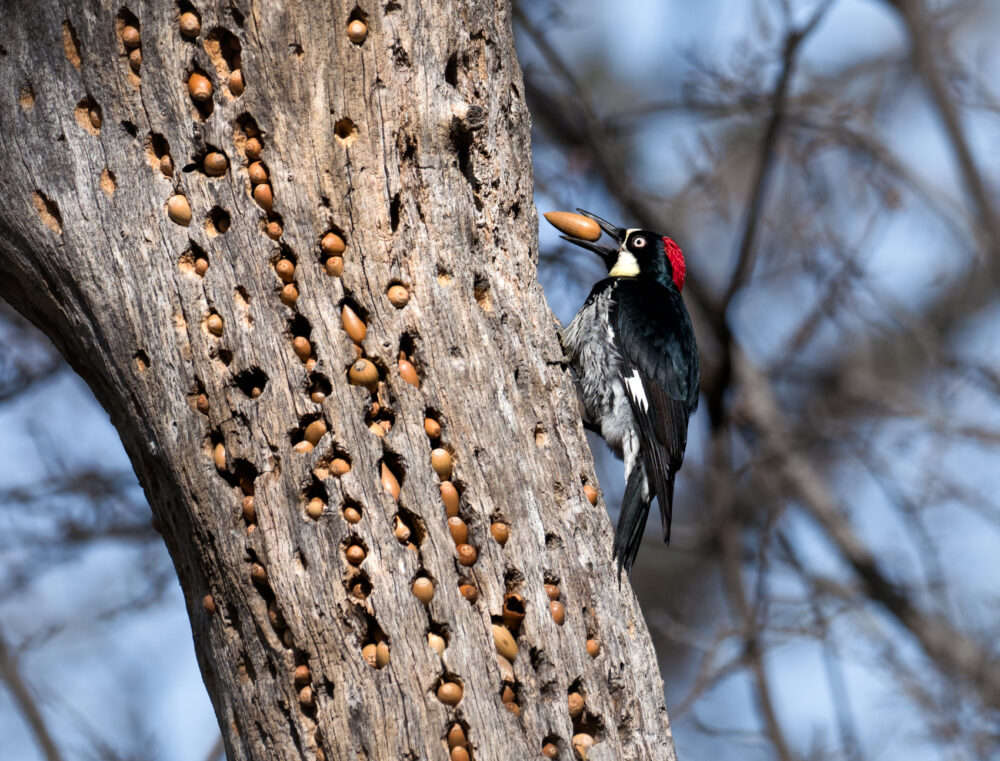We have much more to do and your continued support is needed now more than ever.
Building a coal train, Tongue River Railroad style

This new route, what they call the Colstrip Alternative, would travel up the Tongue River and then veer northwest over ranch land and block management land open to hunters and then on to Colstrip, Montana where it would meet up with a rail spur that joins with the northern Burlington Northern Santa Fe line.
And yet, even though there is a route change with new maps, new impacted landowners and new environmental and cultural impacts, the STB still has the scoping public comment period due on January 11, 2012.
How to Build a Coal Train: Tongue River Railroad style
For those of you not up to speed on railroad regulations, I don’t blame you. If you are having trouble sleeping, just open up the Surface Transportation Board website, go to their Environmental Rules page, and start reading. The regulations governing the construction and operation of a railroad are complicated and long. However, if you’re all caught up on your sleep, and just want a quick primer on how to get a permit to build a railroad, keep reading. I’ll define terms to help you out along the way.
Pretend that you are the head of TRRC. This is how it goes. It’s easier than it seems.
Step 1 – Submit a permit application to the STB: This step is easy. It is important to use decades old environmental data, lie about where you plan to sell your coal, act as if your industry isn’t dying, and make sweeping generalizations about the need for a railroad that aren’t backed up by any facts. It’s also good to have numerous different versions of your maps and routes to confuse the public. In addition, after the public hearings are over, make an announcement about a new route.
Step 2 – Obtain Eminent Domain Authority from STB: In order to construct and operate this rail line, you’ll need eminent domain authority.
This authority is necessary since you want to cross land currently owned and in use by ranchers and farmers and over extremely important tribal cultural and historic sites. This will hurt their businesses, but it’s OK since you know that it will really benefit everyone in the long-run. And by everyone, I mean you and only you.
You also plan on taking the train through an Amish community (a community that doesn’t use electricity), and have tracks running through one of their hand-raised and built barns. What are some barns in comparison to the billions of dollars you will be making selling this coal to China? Can’t they just build a new one?
However, in order to obtain eminent domain authority, you have to convince the STB that your project is in the “public convenience and necessity.” Oh…that’s gonna be a hard sell, right? I mean, how would the public benefit from our natural resources being shipped to Asia?
 Step 3: Convince government bureaucrats that your project is in the public interest and necessity. You’ve seen the writing on the wall. Your industry is dying. You can’t compete with wind and natural gas. You keep trying to blame it on the government, the environmentalists, and the wind industry, but those arguments are less and less convincing over time. Climate change is wrecking havoc on the environment and causing extreme weather.
Step 3: Convince government bureaucrats that your project is in the public interest and necessity. You’ve seen the writing on the wall. Your industry is dying. You can’t compete with wind and natural gas. You keep trying to blame it on the government, the environmentalists, and the wind industry, but those arguments are less and less convincing over time. Climate change is wrecking havoc on the environment and causing extreme weather.
“But,” you think, “if I can convince politicians and bureaucrats that my railroad will benefit the public, I have a chance.” How do you explain to the STB that your project is in the best interest of the public? Let’s see what you say in your application.
“Given the explicit need for transportation of coal from the Otter Creek area and the fact that the TRRC rail line is the only viable means by which to transport such coal to market, it would clearly serve the public convenience and necessity to authorize the construction and operation of the TRRC rail line. This is not a rail line that is being proposed for construction based on speculation or with only a thin public interest need. The fact that BNSF and Arch have invested in the TRRC rail line and are prepared to expend substantial resources to build it underscores the need for the rail line. Indeed, the market is the best governor of the demand for a new reail line and here market foreces are coalescing behind a determination that the coal resource at Otter Creek should be developed and transported. Where industry players are prepared to dedicate resources to a significant mine and the railroad needed to to transport the mine’s product to market, the STB has no grounds for finding that construction and operation are inconsistent with the public convenience and necessity.” Page 21 TRR Application to the STB. 12/14/2012
I’ll get rid of some of the industry jargon and restate it for the layman.
Given that we have sunk millions of dollars into leasing the Otter Creek coal tracts and the fact that in order to make billions of dollars in profit we need a way to get it to Asia (because no one will buy it in the U.S.), and the Tongue River Railroad is the only way to get this coal to the Asian market, this rail line is clearly in the public convenience and necessity. And by the way, we have invested a ton of money into this so that shows that the coal mine should be developed because if it isn’t, we will lose our money. And, that would make us really sad. So, the conclusion is clear and irrefutable: that this coal train will benefit the public. Case closed.
Step 4: Sit back and wait for the STB to give you a permit.
At this point in the process, you have done everything you need to ensure that you will obtain a permit. You have submitted an application and then you let the government bureaucrats, who end up bearing the brunt of the public anger, become your agents.
Instead of the government looking out for the interests of the public, they end up being a broker in your business deal, making sure that you end up with the right to take away someone else’s livelihood and private property, destroy the aquifers and cultural sites, pollute the land, air and water, so that you can make money.
It’s a good racket that you’ve got going.
Too bad you’re going to lose.
Help us stop the Tongue River coal train
Submit Comments
You can send your comments to: Ken Blodgett, Surface Transportation Board, 395 E Street, SW, Washington, D.C. 20423-0001, Environmental filing, Docket No. FD 30186. The STB also provides an online comment form.
Support National Wildlife Federation
Become a member or donate today.
Join us online in our efforts to spread the word about NWF’s Tribal Lands Partnerships
Here’s our Facebook page, or follow us on Twitter @NWFTribalLands to keep up on the lastest news.
If you need help submitting comments or want more information about the Tongue River Railroad and its impacts on wildlife, please contact me at bonogofsky@nwf.org.






















